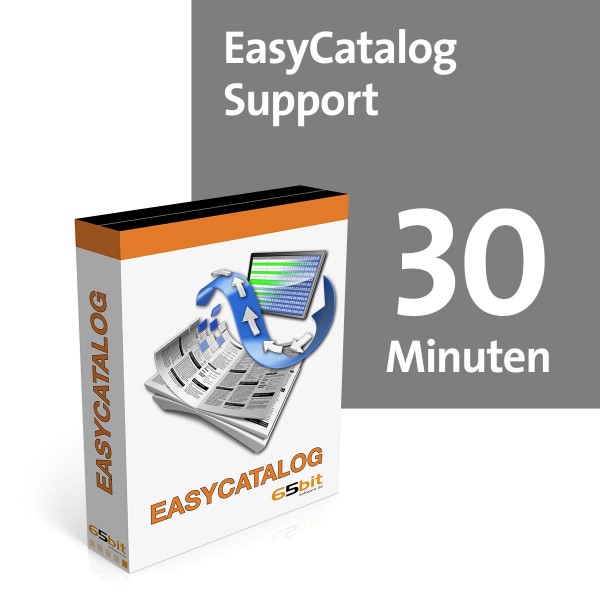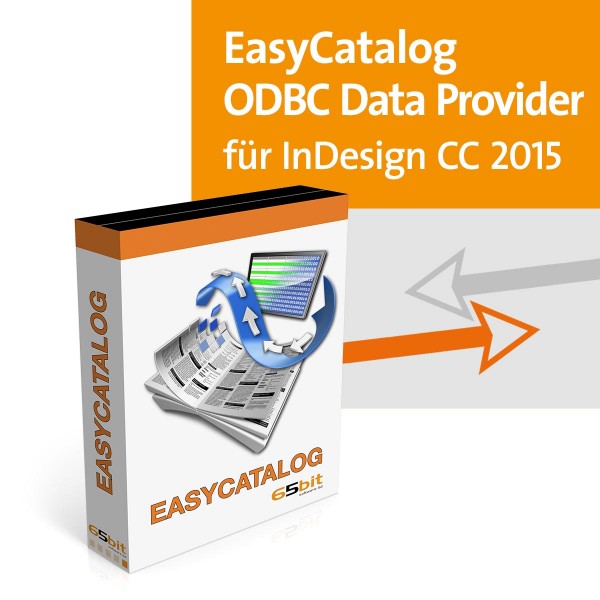
Lastly, most leaders tell us they expect a 5X return in productivity from their employees. They then average out how many hours these employees spend on product data. To determine the productivity cost associated with product enrichment, our merchants analyze how many Full-Time Employees manage product data in some way, shape, or form. Merchants continually report that a PIM significantly reduces workload. Fortunately for Akeneo customers, however, the strong collaboration around product data enrichment powered by a top-notch PIM means fewer people can enrich product data in less time. But for merchants, particularly in the modern omnichannel world, it’s not just an old adage - it’s a fact of life. We all know the expression time is money. The new, lower return rate of 27% means the company faces only 54,000 returns, saving the company roughly $150,000.

At $25 per return, this merchant has to carry a negative $1.5MM line item in their books - ouch! Reducing the return rate by a conservative 10% will reduce the number of returns by 6,000.

If 30% of those transactions get sent back by customers, that’s 60,000 returns per year. Staying with our merchant from the previous example, you’ll recall they do 200,000 transactions per year. Therefore, most of our merchant customers factor in a 10% reduction in returns into their ROI model. The governance and collaboration capabilities a PIM offers guarantees that merchants will provide better product experiences. In other words, low-quality product information and poor product experiences drive higher return rates. Reducing the rate of returns can have a huge impact on the bottom line, and many returns are caused by customers not understanding the product they’re buying. Product returns are a growing concern for merchants - estimates show that up to 40% of online orders are returned by customers - and with an average cost of $25 per return, it’s easy to see how much this can cost a merchant. It’s not just about convincing customers to buy your products, of course - it’s also about making sure they are satisfied with their purchase and won’t be returning the product. In this scenario, with a $100 AOV, this merchant would realize an additional $600,000 in revenue per year from their PIM. Multiply the difference, 6000, by your Average Order Value (AOV) and you get the revenue lift you can conservatively expect from your new PIM.

Now, those same 10,000,000 sessions will generate 206,000 orders. Implementing Akeneo PIM gives them a 3% relative lift in conversion rate, equating to a new conversion of 2.06%. Let’s take an eCommerce site that gets 10,000,000 sessions per year that has a pretty typical 2% conversion rate, and generates 200,000 orders annually.

Here’s an example of how PIM can help increase online revenue. With better product information, PIM improves search functionality and Google indexing, which helps increase both conversion rate and average order value. PIM tools have been credited with helping improve conversion rates through better quality and more complete product information. Let’s dive into the following metrics getting down to the calculations you can run for your own analysis. However, the leaders that typically approve the investment in PIM projects always ask the payback question - what is the ROI from this project? The good news is that qualitative measurements abound. A system of record for accurate, up to date, and complete product data with all the necessary attributes, stored in a platform that mandates governance, empowers collaboration, and facilitates syndication to all of your sales channels is critical to delivering a product experience that can help unlock growth for your business.


 0 kommentar(er)
0 kommentar(er)
